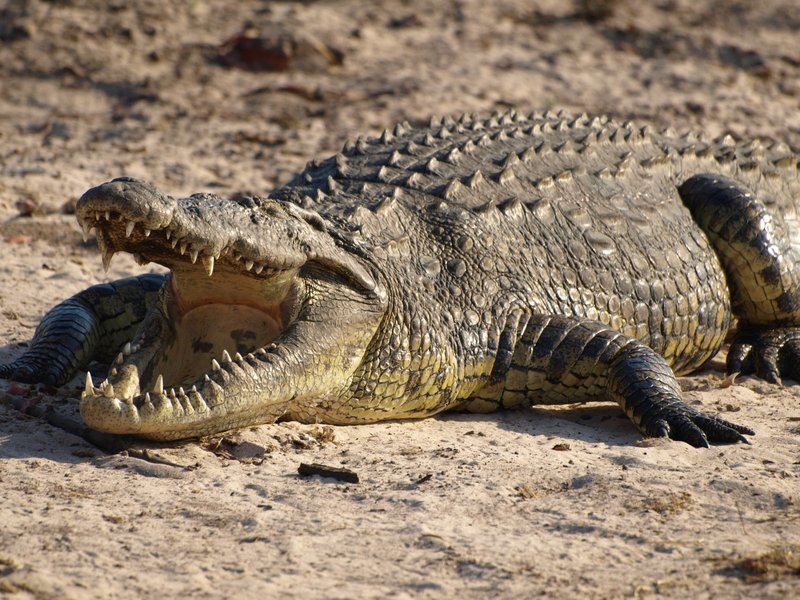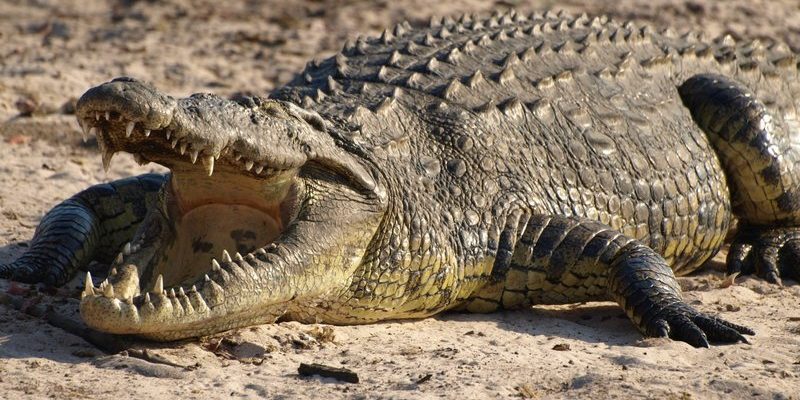
Let’s dive into the world of crocodiles. These creatures have been around for millions of years—talk about survival skills! Their diets are diverse, and their hunting techniques are nothing short of spectacular. Here, I’ll break down what makes them such effective hunters and what they typically chow down on, all while keeping it engaging and easy to understand.
What Do Crocodiles Eat?
Crocodiles are opportunistic predators, which means they will eat just about anything they can catch. Their diet mainly consists of:
- Fish: Most crocodiles love to snack on fish, which are plentiful in their aquatic habitats.
- Birds: Crocs often feast on birds that come too close to the water.
- Mammals: They can take down animals like deer or pigs, especially when they venture close to the water.
- Reptiles: Small turtles or even other reptiles can be part of their diet.
Honestly, if it moves and fits in their mouth, a crocodile will likely consider it a meal. Their powerful jaws can crush bones, which means even larger prey doesn’t stand much of a chance.
Hunting Techniques of Crocodiles
Crocodiles are skilled hunters with a few tricks up their sleeves. They often use stealth and patience to catch their prey. Here’s how they do it:
- Camouflage: Crocs blend in with their environment, making it hard for animals to spot them. Their scaly skin mimics the textures of rocks and mud.
- Slow Movement: They can move very slowly and quietly in the water, which helps them sneak up on unsuspecting animals.
- Ambush: Crocodiles often ambush their prey. They wait until something ventures close and then strike with lightning speed.
Let me explain a bit more about their ambush style. Imagine a lion stalking its prey on the savanna. Crocodiles do something similar but in the water. They hold perfectly still, barely making a ripple, until the moment is right. Then, with a quick lunge, they capture their meal.
The Role of Sensory Organs
Crocodiles have a unique set of sensory organs that make them exceptional hunters. Their eyes and ears are located on the top of their heads, allowing them to see and hear above the water while remaining mostly submerged. Here’s how these adaptations play a crucial role:
- Sharp Vision: Despite being mostly nocturnal, crocodiles have excellent nighttime vision. This helps them hunt in low-light conditions.
- Sensitivity to Vibrations: They can feel vibrations in the water, alerting them to nearby prey.
- Smell: A crocodile’s sense of smell is incredibly acute. They can detect scents from miles away, which helps them locate food.
You might be wondering how a crocodile can stay so still for so long. Their ability to sense movement without needing to be active is key to their hunting success.
Feeding Habits and Behavior
Once a crocodile catches its prey, how does it eat? Their feeding behavior is just as fascinating as their hunting techniques. Here are some interesting points about how they consume food:
- Death Roll: After catching their prey, crocodiles often perform a “death roll” to subdue and tear apart their meal.
- Swallowing: They can swallow large chunks of food whole; their stomachs are designed to digest tough materials.
- Fasting: Crocodiles can go long periods without eating, especially if they’ve had a large meal. Their slow metabolism allows them to survive on infrequent feedings.
Here’s the thing: if you see a crocodile sunning itself after a big meal, it’s likely taking a break from the hunt. They understand the value of conserving energy.
Impact of Habitat on Diet
The environment where a crocodile lives greatly influences its diet. Different species adapt to the available resources in their habitats. For example:
- Freshwater Crocodiles: Typically found in rivers and lakes, they mostly eat fish and small mammals.
- Salties: Saltwater crocodiles are more versatile, feasting on anything from fish to larger land animals like buffalo.
- Environmental Changes: Pollution, overfishing, and human encroachment can affect their food sources, impacting their populations.
It’s fascinating to see how a crocodile’s eating habits are shaped by its surroundings. If they can’t find food, they’ve got to adapt or face serious challenges.
Crocodiles are truly remarkable animals with unique hunting techniques and dietary habits. Their ability to adapt to their environment and utilize their impressive sensory capabilities makes them some of the most effective predators in the animal kingdom. Whether stalking prey or enjoying a meal, these ancient reptiles continue to thrive in their natural habitats.
So next time you find yourself near a river or swamp, take a moment to appreciate these magnificent hunters. They’ve been around for millions of years, and there’s a reason for that. Their skills and adaptability are a testament to the resilience of nature itself.

